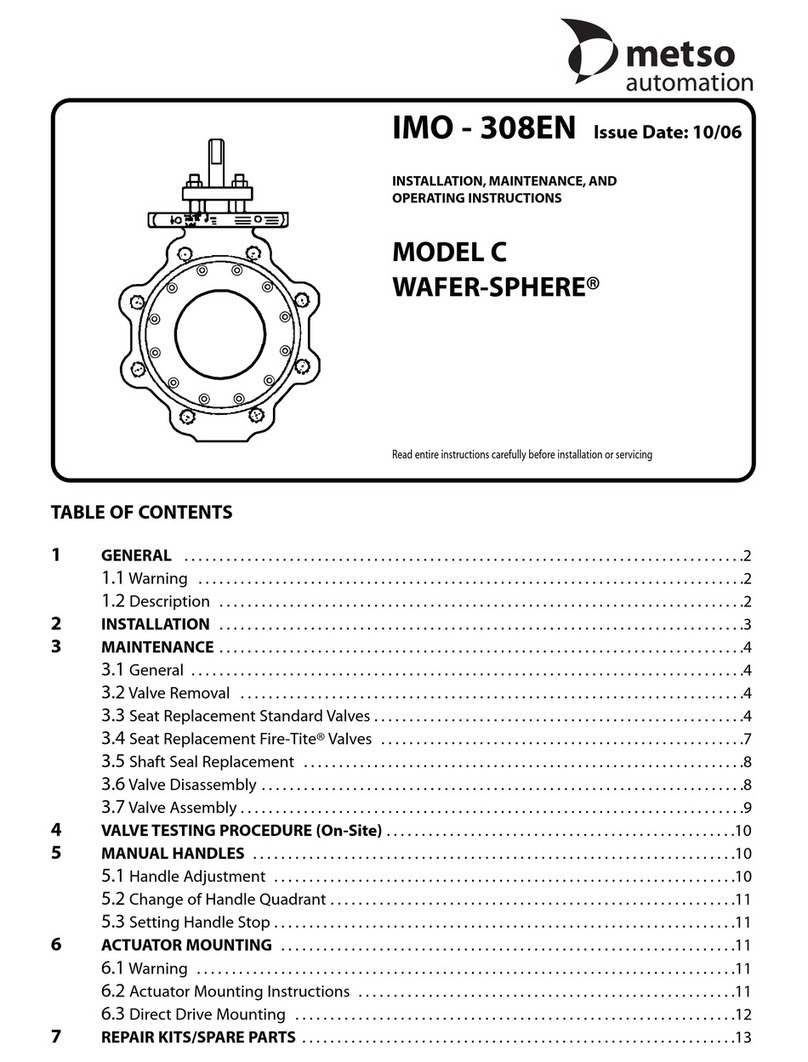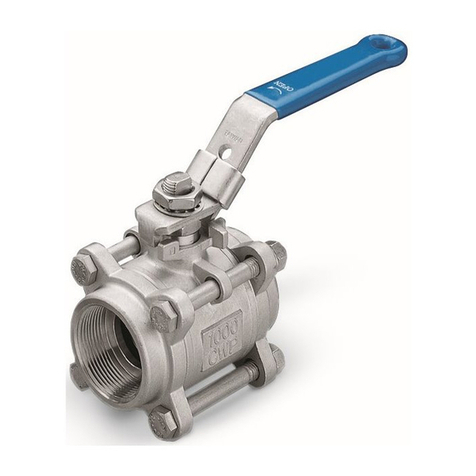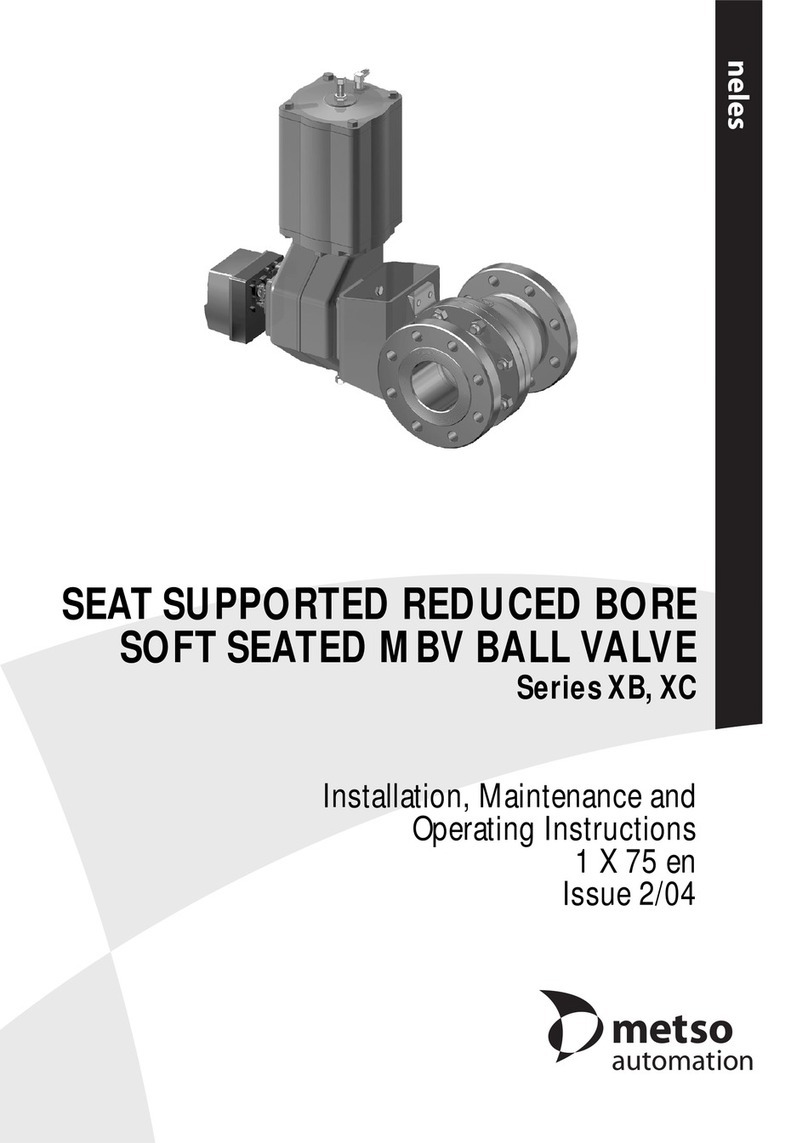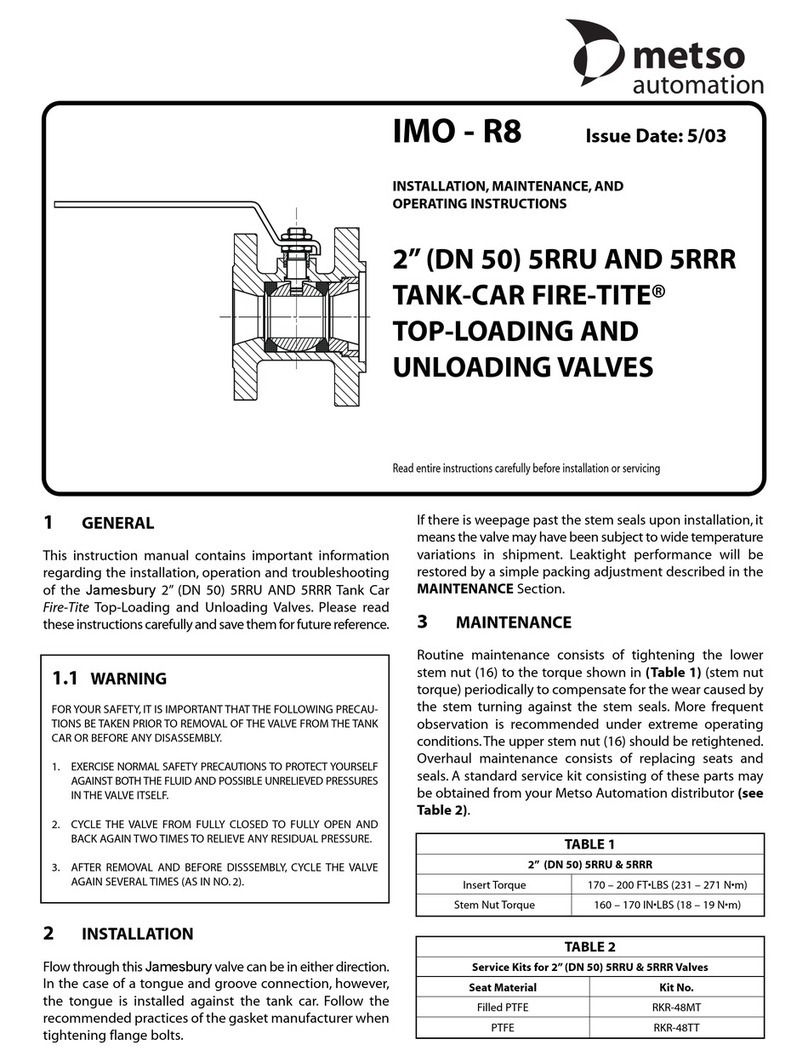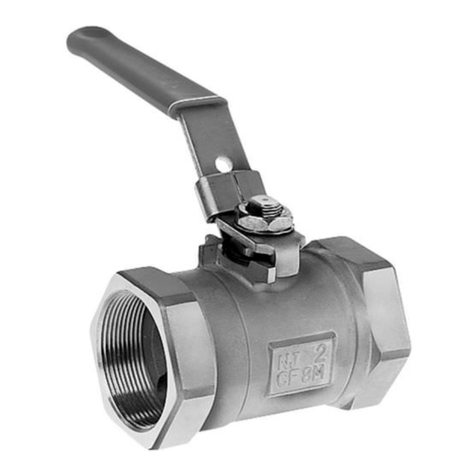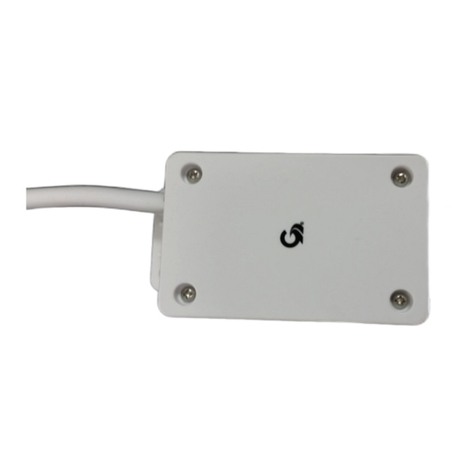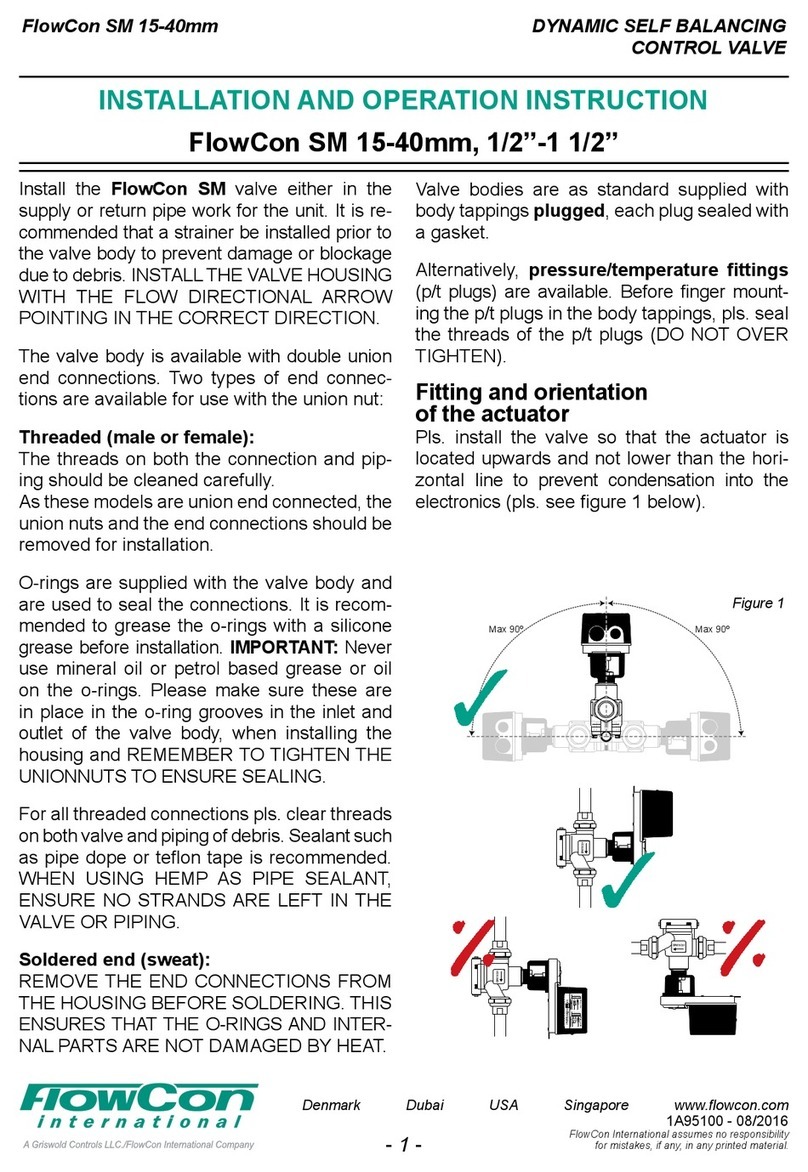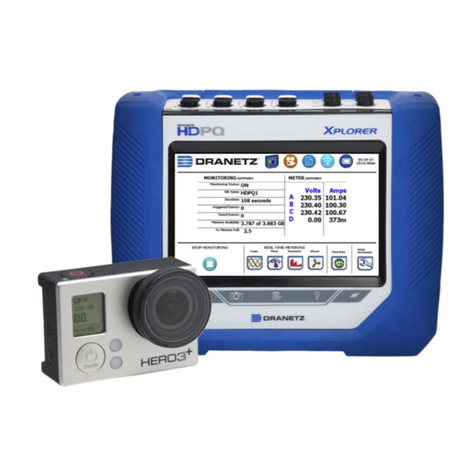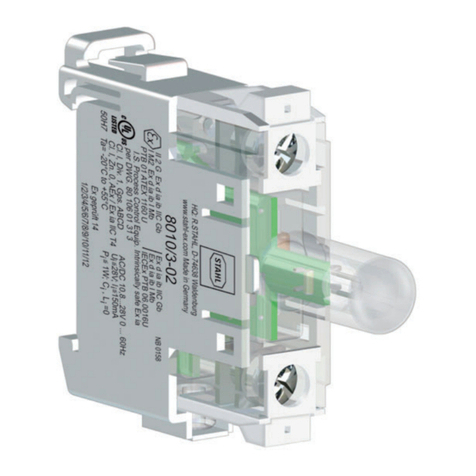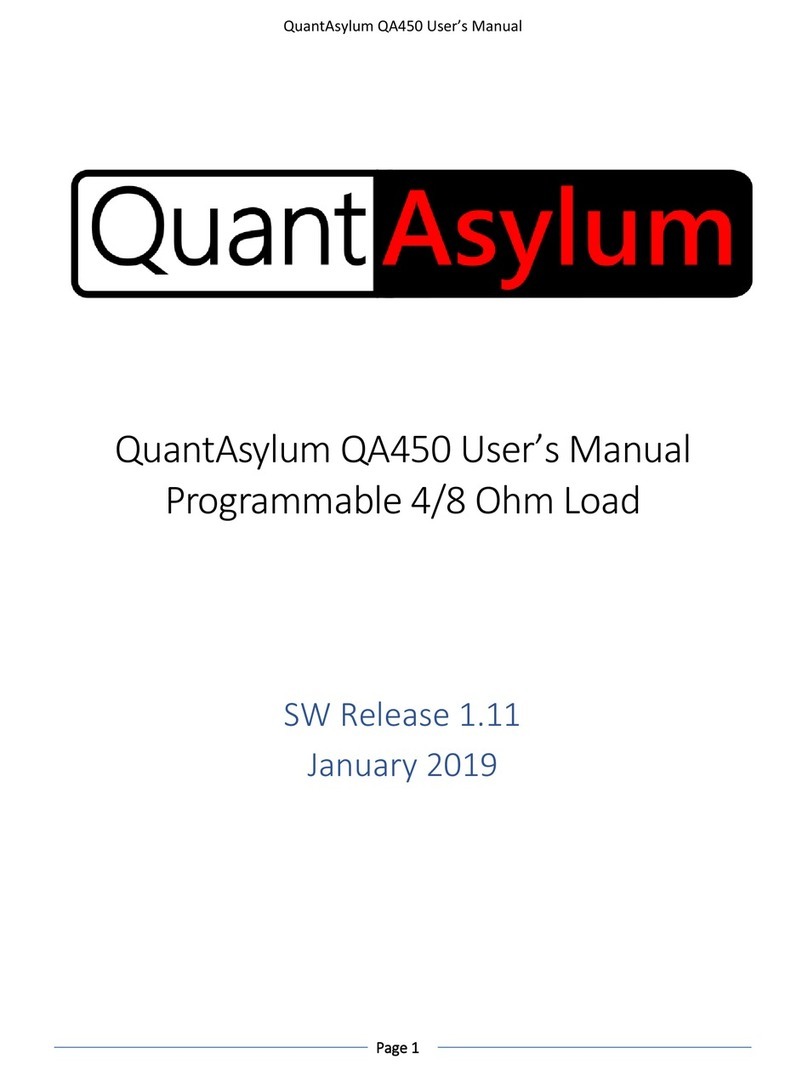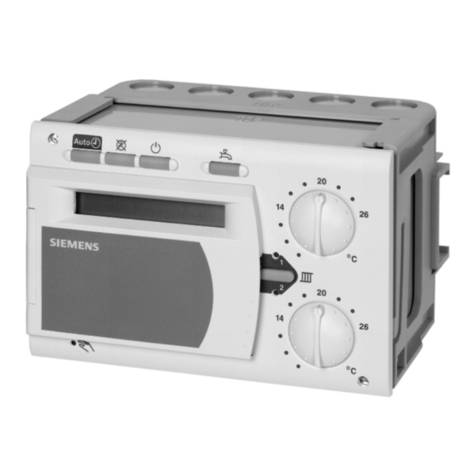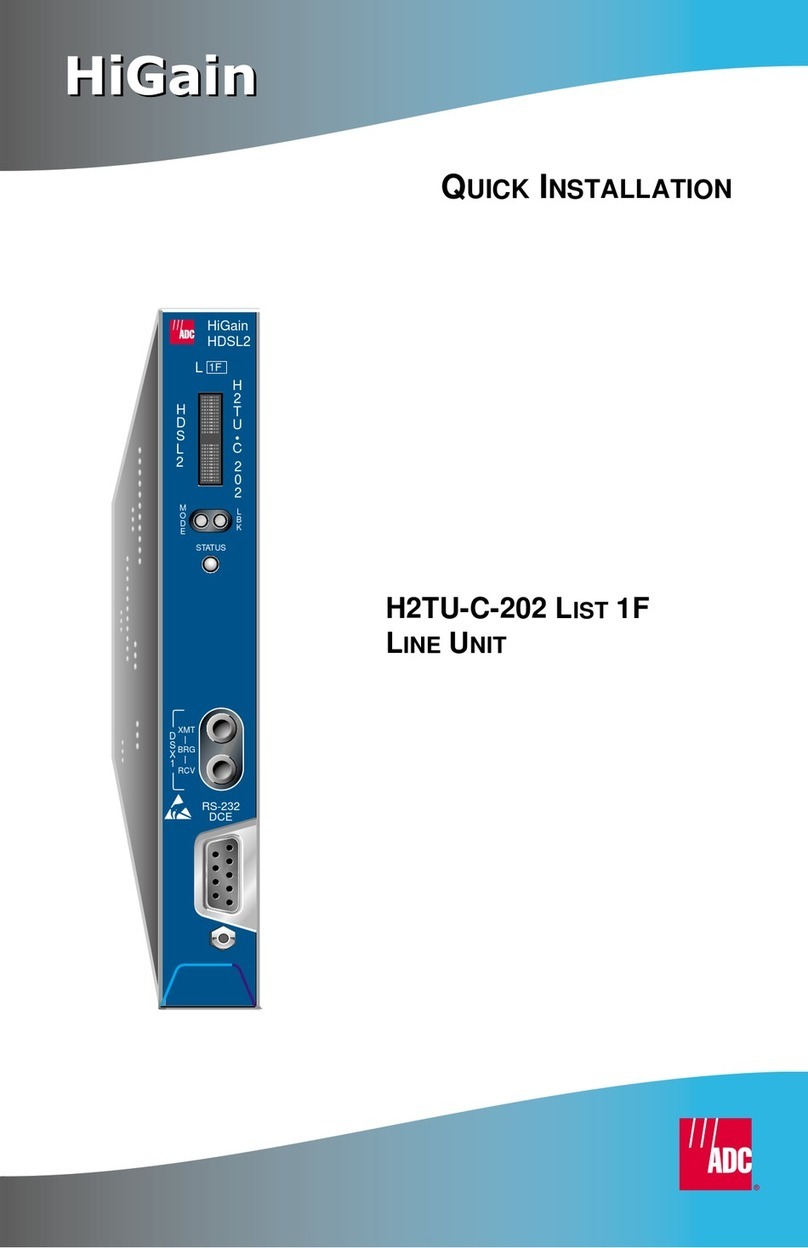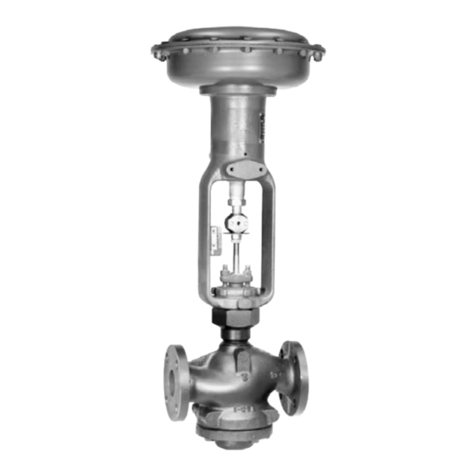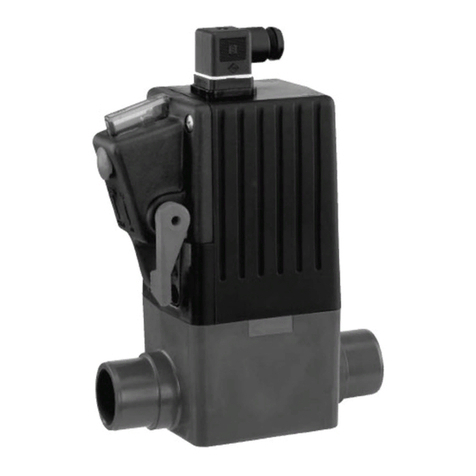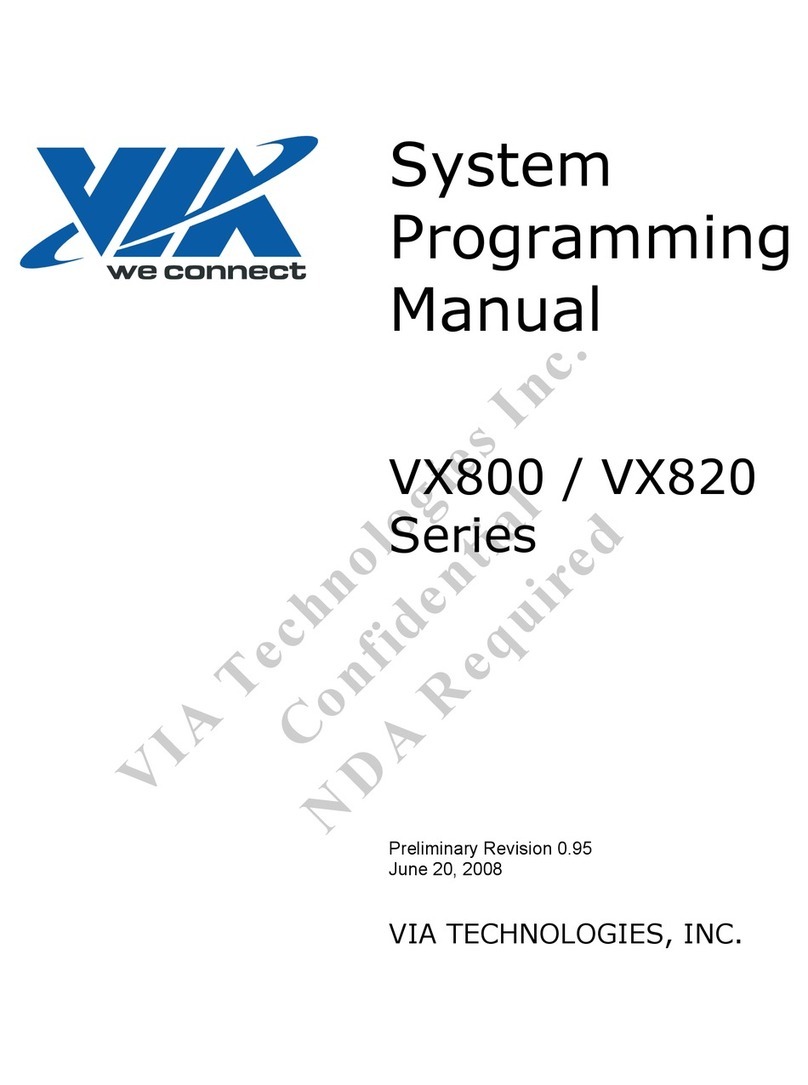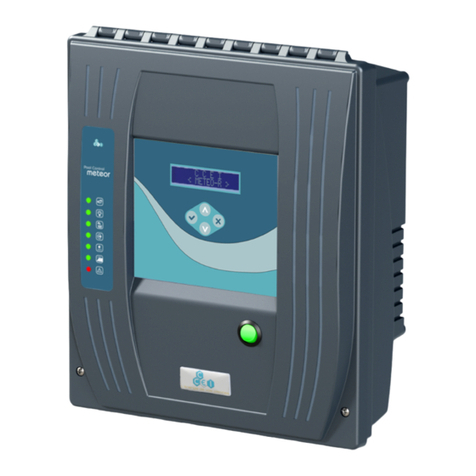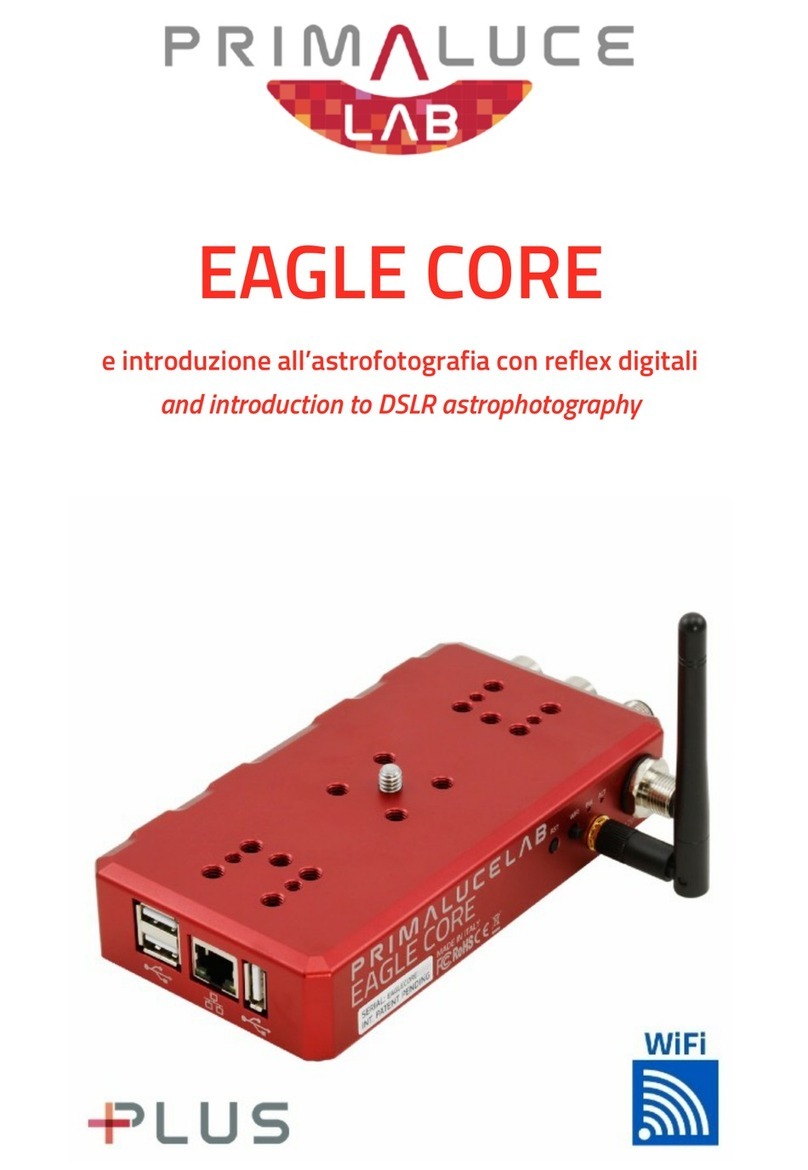3MAINTENANCE
1. General Maintenanceconsists of tightening the
lower stem nut (16) to the value shown in (Table 1)
periodically to compensate for the wear caused by the
stem turning against the stem seals. This may be done
as follows:
A. Manual Valves: Loosen the handle nut (16).
Unbend the stem nut lock tab (15). Tighten the
lower stem nut (16) to the value shown in (Table
1). Re-bend the stem nut lock tab that is in line
with a flat on the stem nut. Re-tighten the handle
nut (16) to the same value.
B. Actuated Valves: When valves are connected to
an actuator, refer to the applicable actuator
mounting instructions (AMI) prior to adjusting
the stem nut.
2. Overhaul Maintenanceconsists of replacing seats
and seals. A standard Service Kit consisting of these
parts may be obtained from your Metso Automation
Distributor (See Table 3).
NOTE: Service Kits contain the seats and stem seals for
both the fire-tested and non-fire-tested valves.Refer to the
ASSEMBLY Section for details on the correct installation of
these parts.
3.1 DISASSEMBLY
NOTE: If complete disassembly becomes necessary,
replacement of all seats and seals is recommended. Refer
to Service Kit chart, (Table 3) on page 4.
1. Follow the steps in the WARNING Section before
performing any work on the valve.
2. Open and close the valve and leave in the closed
position.
3. Remove the upper stem nut (16), lockwasher (19), and
handle (17).
4. Unbend the stem nut lock tab (15) and remove the
lower stem nut (16) and the stem nut lock (15).
5. Remove the compression ring (21).
6. Unscrew and remove the body cap (2) and body seal
(6). Heat may be required to assist body cap removal.
7.
If the ball (3) and seats (5) do not fall from the body with
the ball in the fully closed position, use a piece of wood
or some other soft material to gently tap the ball (from
the end opposite the body cap). This will unseat these
parts without damaging the ball.
8. Press the stem (4) from the top into the body and
remove it through the body cap end of the body.
9. Using a wire brush, clean the body cap threads and
body threads to remove any excess thread lock. Be
careful not to nick or scratch the chamfer of the body
cap or shoulder in body, which creates the metal to
metal stop.
10. Using a pointed instrument, pry out and discard the
old stem seals (8).The stem bearings (24) and Fire-Tite®
bearing (7), if applicable. Be very careful not to scratch
any sealing surfaces in the valve body (surfaces on
which seats and seals rest).
3.2 ASSEMBLY
1. Clamp the valve body (1) securely in a vise, place one
seat (5) into the body with the flat surface of the seat
on the bottom. (See the exploded view diagram,
Figure 3.)
2. Insert from the inside a stem bearing (24), a Fire-Tite seal
(7), and another stem bearing (24) into the lower stem
bore. For non-Fire-Tested valves use one stem bearing
(24). (See note under the parts list in Figure 3.)
3. Insert the stem (4) through the open end of the body
(1), being careful not to scratch the stem bearings and
stem bearing surfaces. Press it gently up into the stem
hole.
4. Holding the stem (4) in place from the bottom, insert
the upper stem seals (8), drop on the compression ring
(21) and the stem nut lock (15).
5. Screw on the stem nut (16) and torque to the value
shown in (Table 1).
6. Select the tab of the stem nut lock that aligns with a
flat on the stem nut. Bend the tab up until it contacts the
flat.
7. Attach the handle (17), the lockwasher (19), and secure
them with stem nut (16). (See Table 1 for torque value).
8. Insert the ball (3), rotating it onto the stem (4) in the
closed position. If necessary, turn the stem blade to
align with the ball slot.
9. Insert the second seat (5) into the body (1) so that the
sealing surface of the seat is towards the ball. (See the
exploded view diagram, Figure 3.) Apply Loctite®
270® or equivalent, one bead 260˚ around the body
cap (2) covering a minimum of two threads.
TABLE 1
Stem Nut (16) Assembly Torque
Valve Size Torque – IN•LBS (N•m)
inches DN
1/4 – 3/4 8 – 20 30 (3.4)
1 – 1-1/4 25 – 30 70 (8)
1-1/2 – 2 40 – 50 160 (18)
2
(text continued on page 4)




